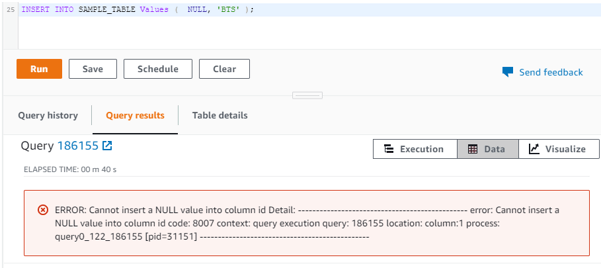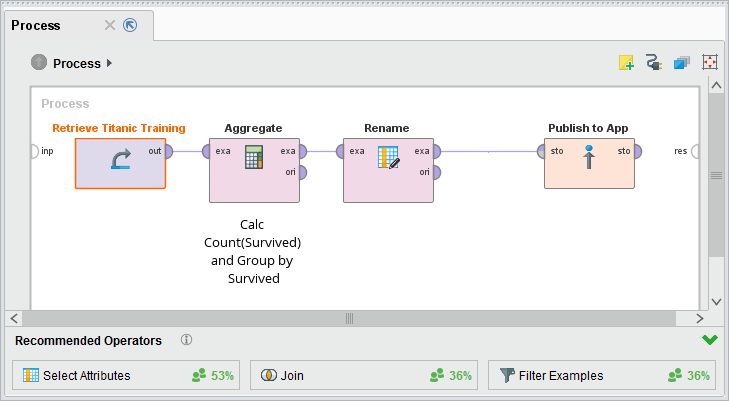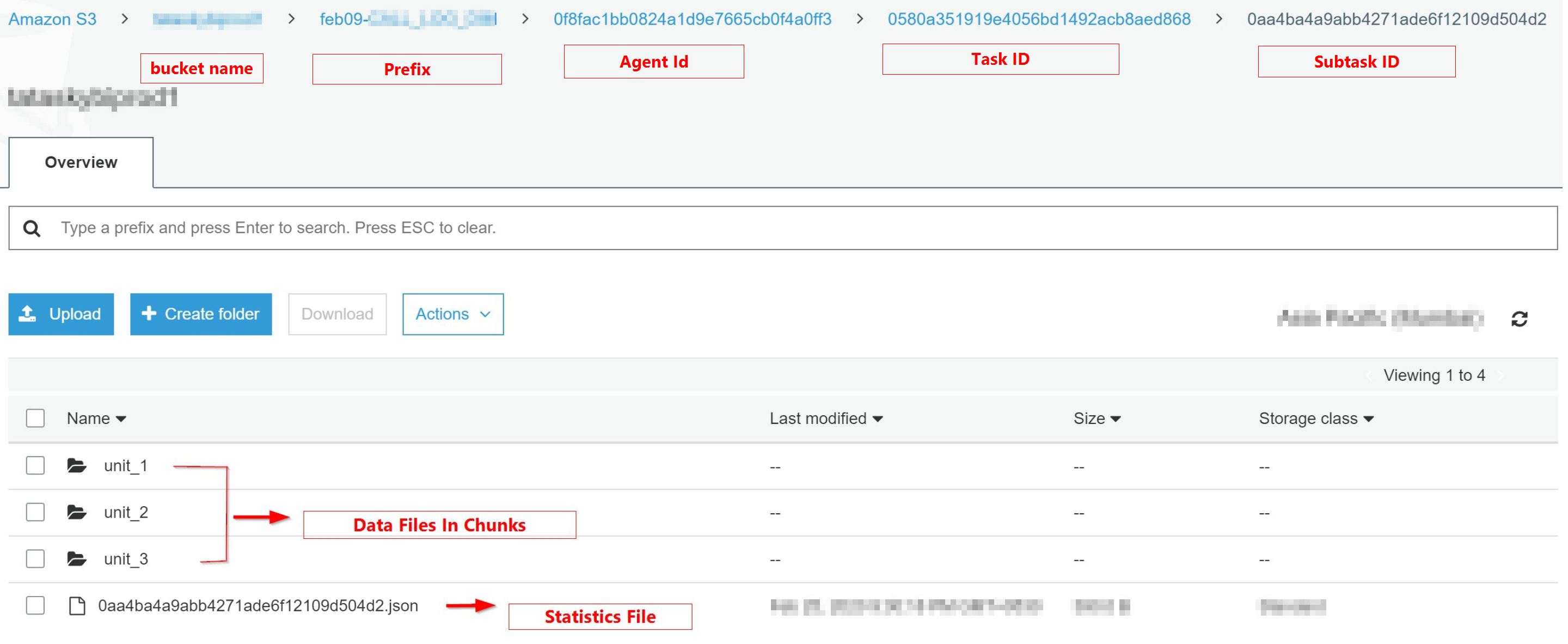

Statements, which might contain sensitive user-generated data.Īll rows in SVV_TRANSACTIONS are visible to all users. Dropping a table in Redshift is simple: DROP TABLE users. Now, we become sure, CATS statements copied all records from product. The result is as follows: Figure 01: All records in productnewcats.
Redshift rename table full#
STL_QUERYTEXT contain the full text of INSERT, UPDATE, and DELETE CREATE TABLE productnewcats SORTKEY (productname,category) DISTKEY (productid) AS ( SELECT FROM product) Now to the following command is used to get the records of the new productnewcats table. Rename the new column to use the original column name.
Redshift rename table plus#
Add a new column to the table with the same data type as the original column, plus the default value. Visibility to data generated by other users. Method 1: Add a New Column, Copy, then Drop the Old. Only table structure is created.Giving a user unrestricted access to system tables gives the user You have to specify the DISTSTYLE, DISTKEY and SORTKEY while using CTAS

To view the configured schema quotas, see SVVSCHEMAQUOTASTATE. The following example adds one partition for the table SPECTRUM.SALESPART. For more information about schemas, see CREATE SCHEMA. The following example changes the format for the SPECTRUM.SALES external table to Parquet. For example, rename an existing schema to preserve a backup copy of that schema when you plan to create a new version of that schema. Inherits table settings such as DISTSTYLE, DISTKEY, SORTKEY and NOT NULL Settings Use this command to rename a schema or change the owner of a schema. Difference Between Redshift CREATE TABLE LIKE and CREATE TABLE AS (CTAS)įollowing table provide the simple difference between CREATE TABLE LIKE and CREATE TABLE AS (CTAS) CREATE TABLE LIKE However, it does not copy the data into a new table. CREATE TABLE RedshiftTestTable_bkp (LIKE RedshiftTestTable) ĬREATE TABLE LIKE method creates the structure by copying settings from the parent table. The following statement creates a “RedshiftTestTable_bkp” table by copying settings from the exiting “RedshiftTestTable” table. The CREATE TABLE LIKE method creates a new table by inheriting the encoding, distkey, sortkey, and not null attributes of the parent table. CREATE TABLE LIKE Method to Create Redshift Table Note that, you cannot specify the DISTSTYLE, DISTKEY and SORTKEY while using SELECT INTO. SELECT INTO facilitates fast bulk data copy to a new tables from a query.įollowing statement uses SELECT INTO to create a new table RedshiftTestTable3 in Amazon Redshift.

The same method is available in SQL server to create table out of the query. SELECT INTO is another way to create new tables. ) Use SELECT INTO to Create Redshift Table However, DISTSTYLE EVEN/ALL/NONE is not compatible with a DISTKEY. You can also specify the DISTSTYLE, DISTKEY and SORTKEY while using CTAS. Redshift CREATE TABLE AS (CTAS) with DISTSTYLE, DISTKEY and SORTKEY The table columns have names and data types associated with the output columns of the query. The new table is loaded with data defined by the query in the command.

The following statement can create table in Redshift using CTAS. This method is usually used to create table with data. SORTKEY (id) CREATE TABLE AS Method to Create Redshift TableĬREATE TABLE AS (CTAS) is another common method to creates a new table based on a query. Typically, DDL in Redshift looks something like following example. Using table DDL is the most common method to create tables in Amazon Redshift. CREATE TABLE LIKE Method to Create Redshift Table.Use SELECT INTO to Create Redshift Table.CREATE TABLE AS Method to Create Redshift Table.Well, following are some of the different methods to create table in Amazon Redshift. But, sometimes you may need to use different methods such as creating a copy of an existing table or creating table similar to another table, etc. Developers usually create tables using DDL such as “CREATE TABLE” statement. Different Methods to Create Redshift Tablesĭuring development, developer create a table either permanently or temporarily as per the requirement.


 0 kommentar(er)
0 kommentar(er)
